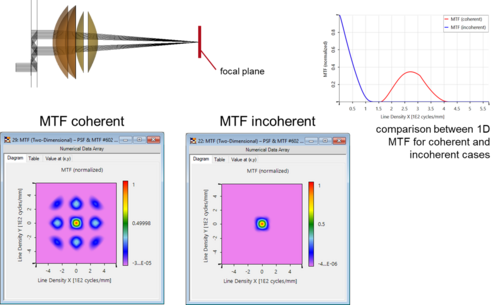Webinar in Cooperation with Photonics Media
Next-Generation Optics Software: Trends in Technology
Content
18 January 2022
President Frank Wyrowski introduces an alternative approach to optical systems modeling in this webinar: identifying and applying the generalization of ray optics inside the framework of physical optics. He presents modeling software that results from answering this question, showcasing how physical optics modeling can be made more practical and useful for advancing technologies such as AR/MR devices.
Physical optics calculation software typically provides a single solving program for Maxwell’s equations. Field solvers like finite-difference time-domain (FDTD) or finite element method (FEM) enable the modeling and design of specific micro- and nano-optics structures but, because of their high numerical effort, which tends to scale up with the size of the system, are not by themselves a realistic approach to system modeling.
But ray tracing is not enough to calculate the point spread function (PSF) and modulation transfer function (MTF) in a lens system. To compensate, ray-tracing software developers may include physical optics notions in their model-building programs. In this way, the central technology applied throughout the ray-tracing software addresses the connection between ray and physical optics at the exit pupil of an optical system model. Developments in modern optics and photonics have increased the demand for a more thorough inclusion of physical optics in systems modeling. One such example of a demanding system is AR/MR glasses, which include micro- and nano-optics, partially coherent sources, or a combination of all of these.
Similar to solving for PSF and MTF in ray-tracing software, adding physical optics considerations to any modeling program is often approached by asking how physical optics should be incorporated into ray optics software. But there are pitfalls to this approach. One problem is that it assumes one knows in advance where in an optical system physical optics treatment is needed. This introduces a risk of missing unforeseen and potentially important physical effects. But the main problem is one of principle: Light is represented by rays in ray optics and by electromagnetic fields in physical optics. In general, rays do not include all field information. For this reason, switching back and forth between ray optics and physical optics calculations is not suitable or practical for successful modeling.
Frank Wyrowski of LightTrans International introduces an alternative approach in this webinar: Starting from the more general model of physical optics, how can one identify and apply the generalization of ray optics inside the framework of physical optics? Wyrowski presents the modeling software that results from answering this question, showcasing how physical optics modeling can be made more practical and useful for advancing technologies.
